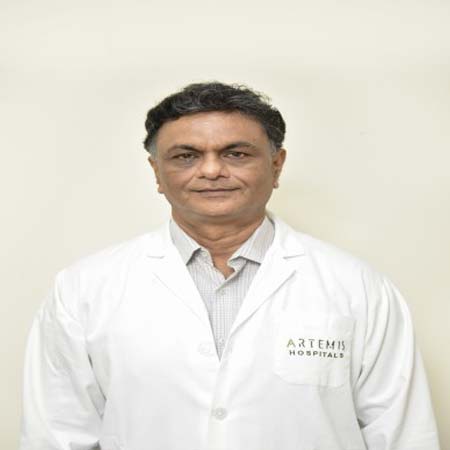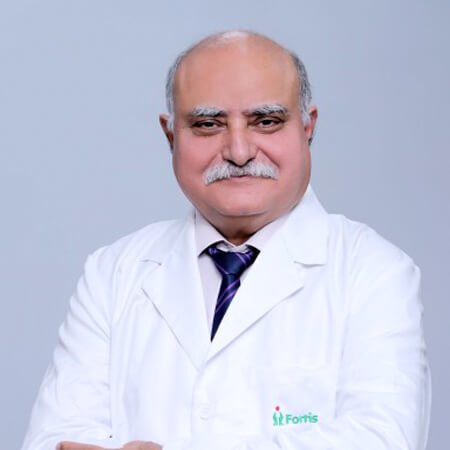What Are the Advantages of an LVAD?
The blood flow to a person whose heart has been compromised by heart disease is restored with an LVAD. Some symptoms, such as being always exhausted or having trouble breathing, are alleviated by this.
In a few rare instances, it allows the heart to rest, allowing it to regain its usual capabilities. Other organs are preserved or improved, exercise is made easier, and cardiac rehabilitation is permitted.
How does the LVAD function?
Numerous LVAD models are available. Based on your needs and medical situation, the doctor will suggest the option that is ideal for you.
During open heart surgery, the LVAD is placed. Depending on the kind of device, the LVAD may have different pieces, but generally, there are four essential elements:
The chest is where the pump unit is positioned. The surgeon inserts it into the heart's apex, where it gets blood. The aorta, a large artery that carries blood from the heart to the rest of the body, is then supplied with this blood via a tube from the apparatus. It functions by continually pumping blood from the left ventricle to the aorta.
The driveline (cable) and control system are connected to the pump (controller). The driveline travels from the gadget via your abdominal skin to the controller, which is an external tiny computer. You may control the system by using the controller, which also controls the pump and sends out messages and alerts.
The LVAD is powered by a power source, such as rechargeable batteries or a wire that connects to a wall outlet.
Risks
Using and implanting a ventricular assist device (VAD) carries the following potential risks and complications:
Bleeding: Your risk of bleeding increases with any type of surgery.
Clots of blood: Blood clots may develop while your blood flows through your VAD. A VAD blood clot may restrict or obstruct blood flow, resulting in a heart attack, stroke, or issues with the device itself.
Infection: There is a higher chance of infection in the region since the VAD's power source and control unit are external to your body and connected via a wire (line) that passes through a tiny skin port. An infection may develop there or in your blood as a result.
Device issues: After being implanted, a VAD may occasionally stop functioning correctly. For instance, the power source might malfunction or the device might not pump blood adequately. Each of these issues calls for prompt medical treatment and can necessitate replacing the pump.
Right heart failure: The left ventricle of your heart will pump more blood than usual if an LVAD is installed. If there is more blood present, your right ventricle could not be strong enough to manage it. In some cases, a temporary pump is needed to assist the right ventricle. In the long run, medications or other treatments could improve how well the right ventricle pumps.



